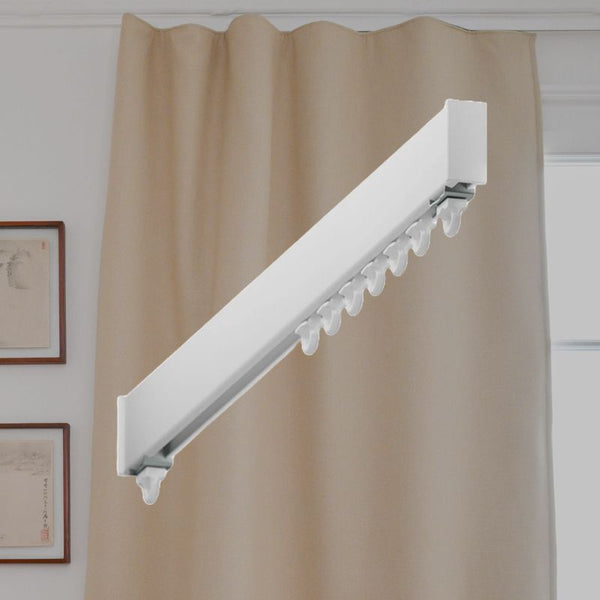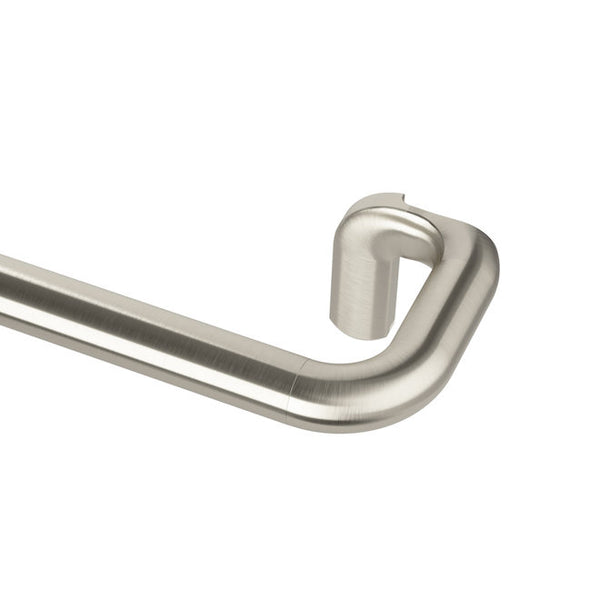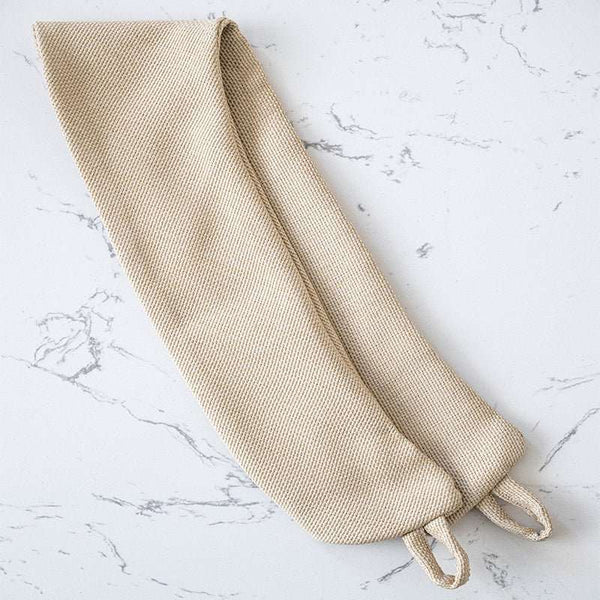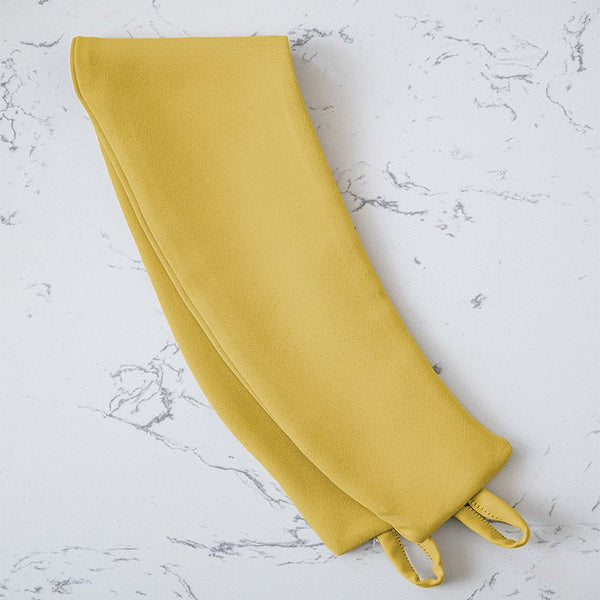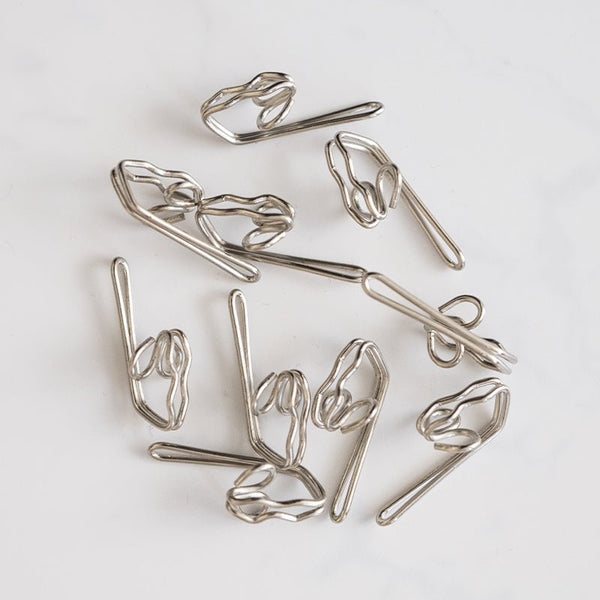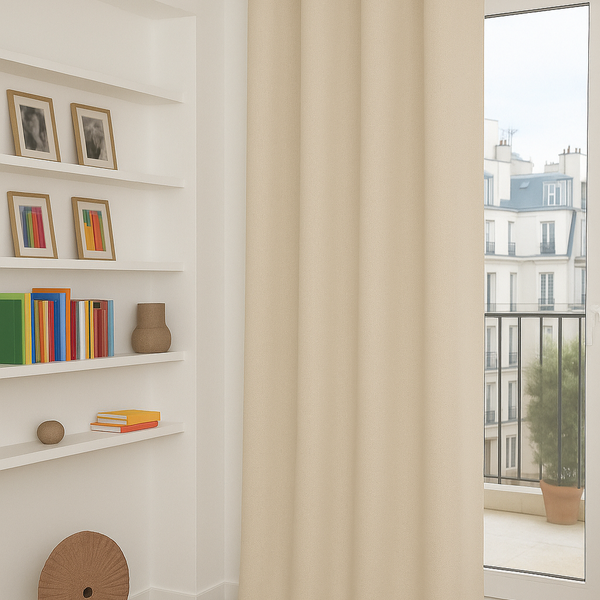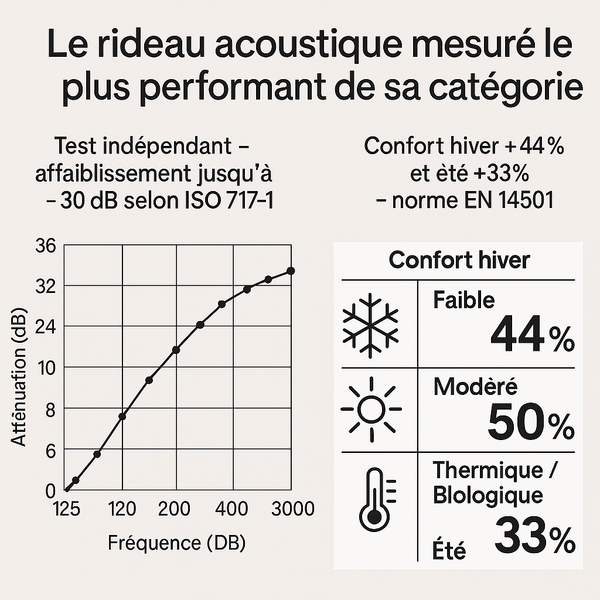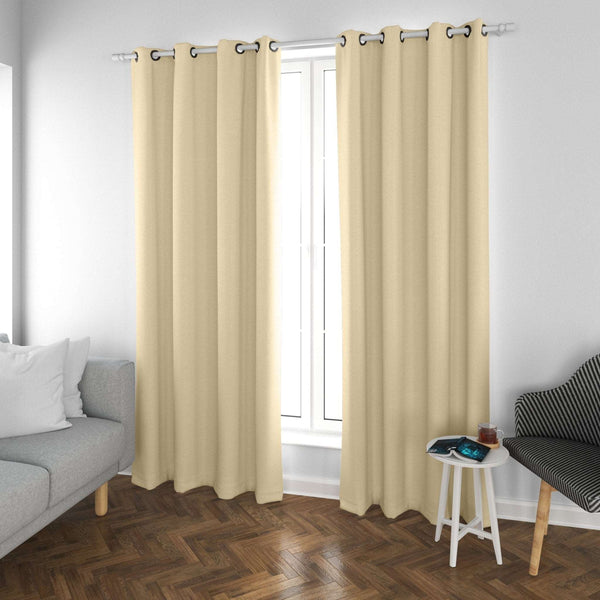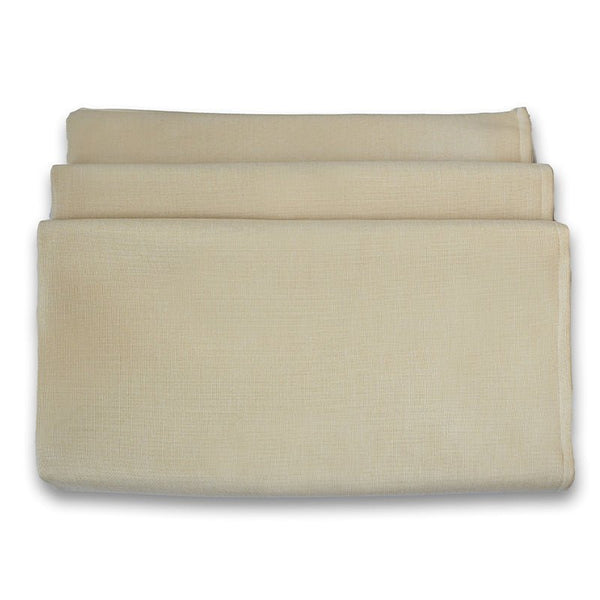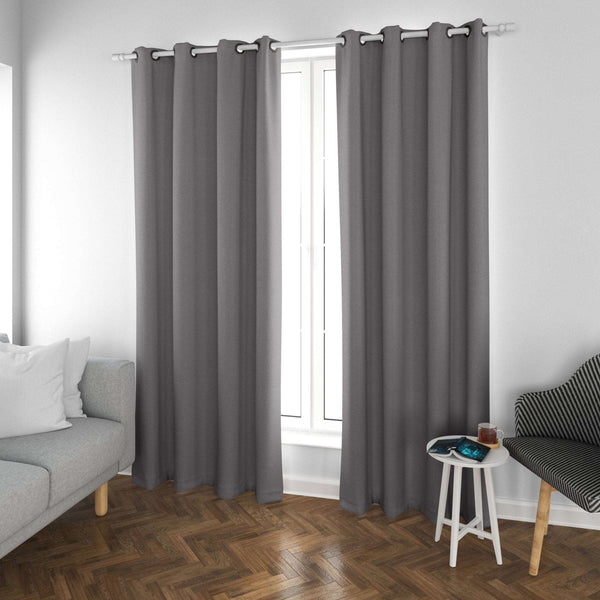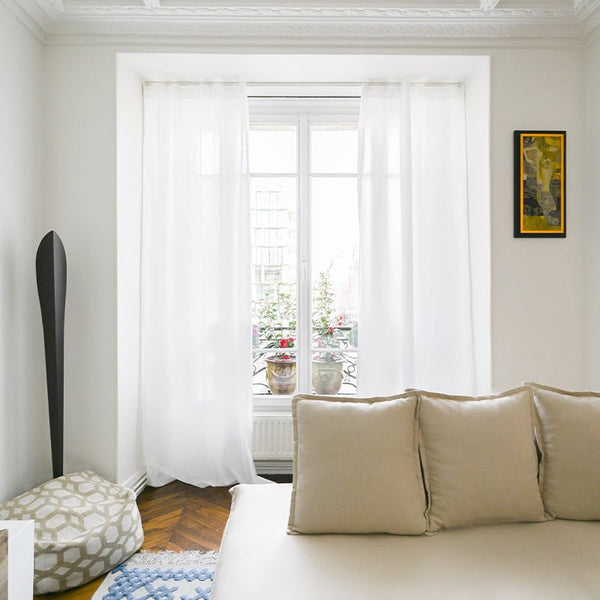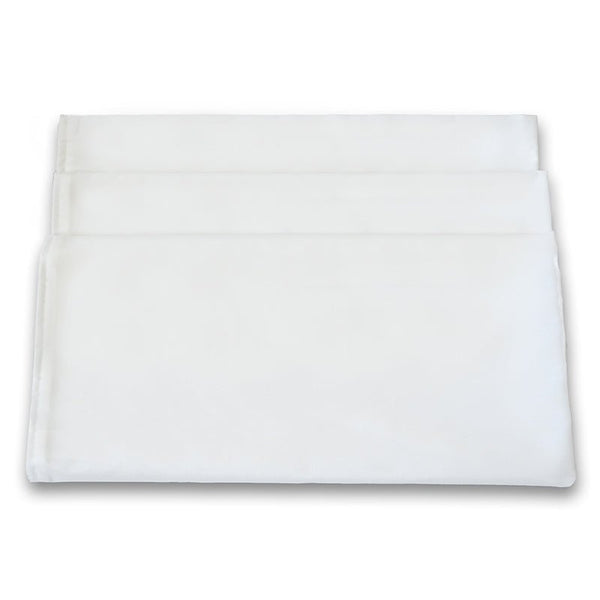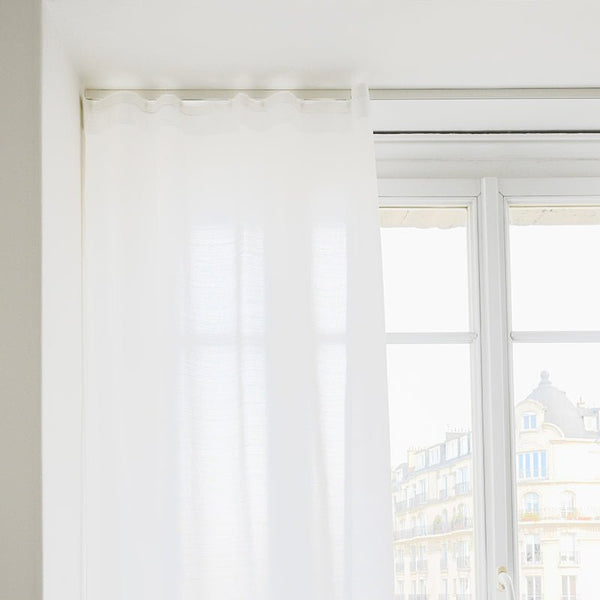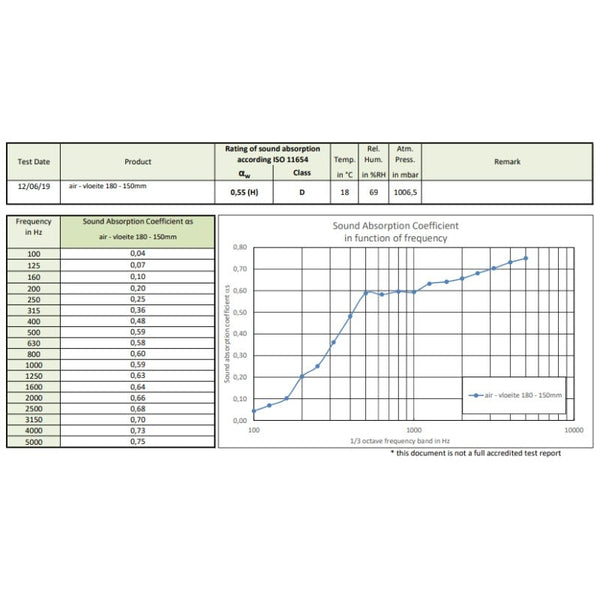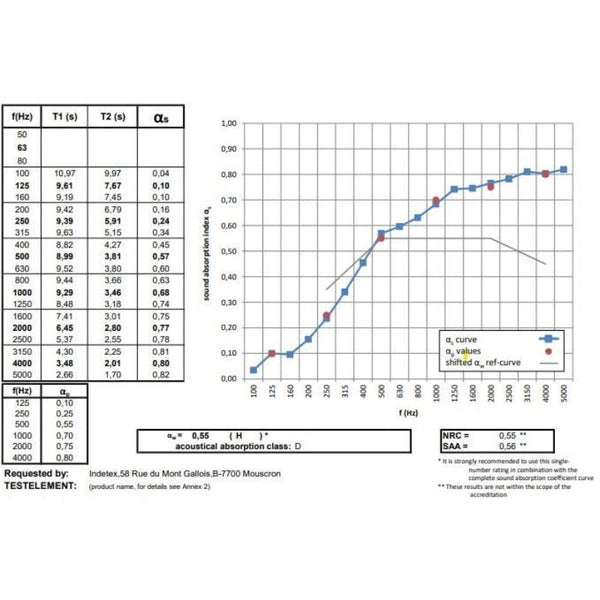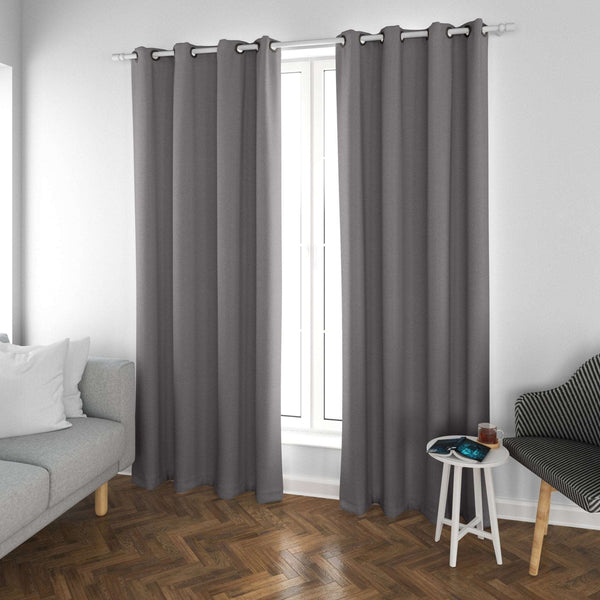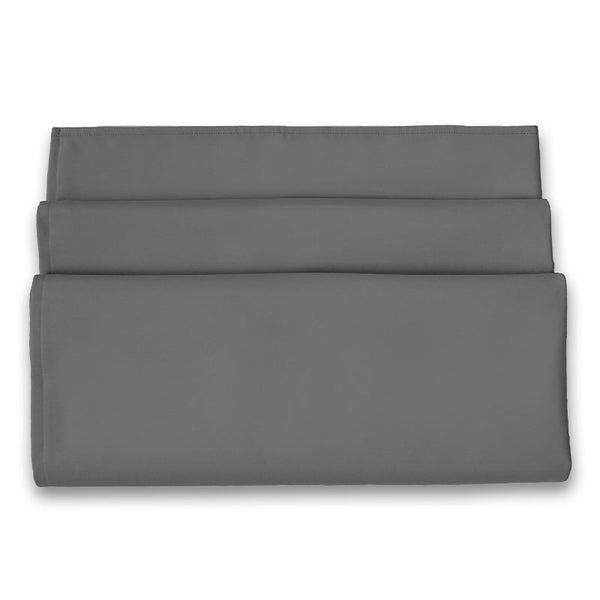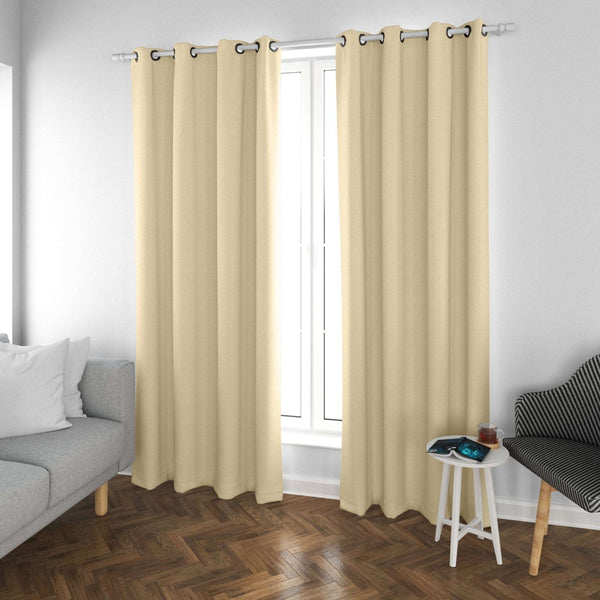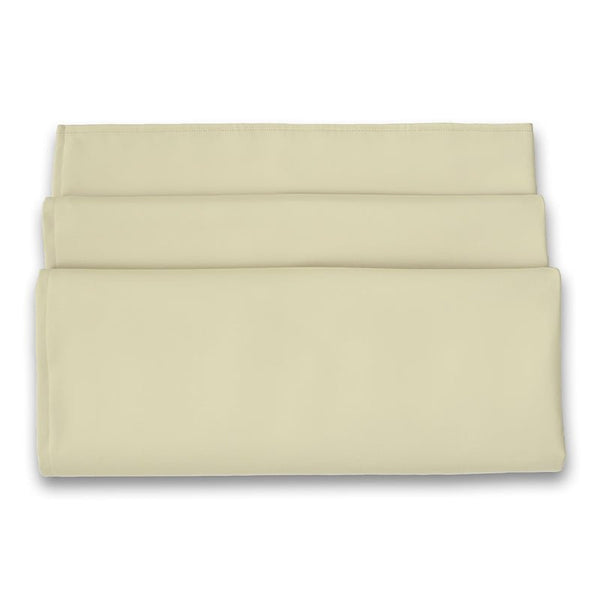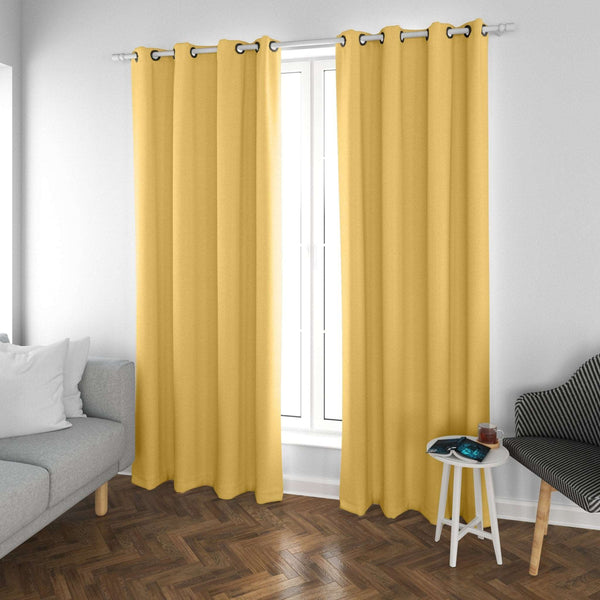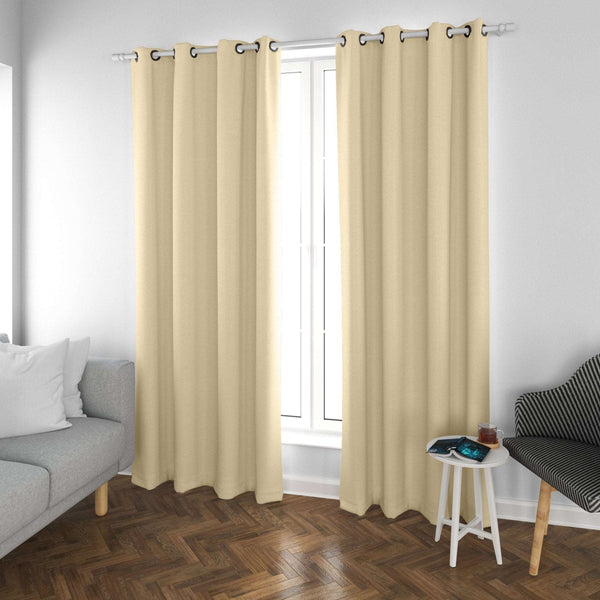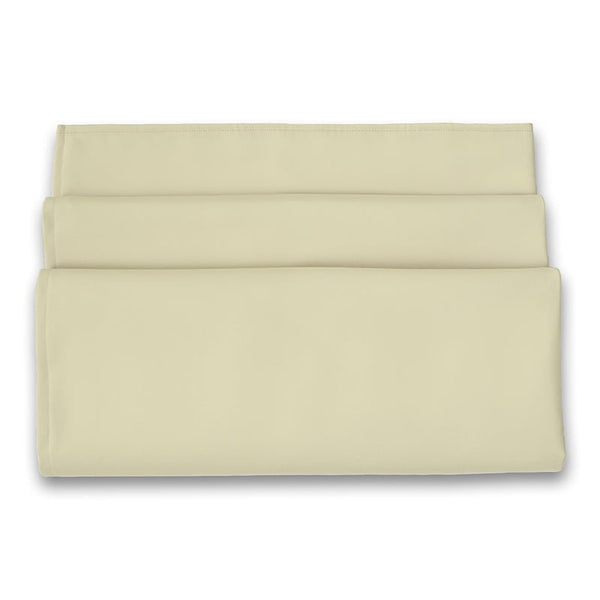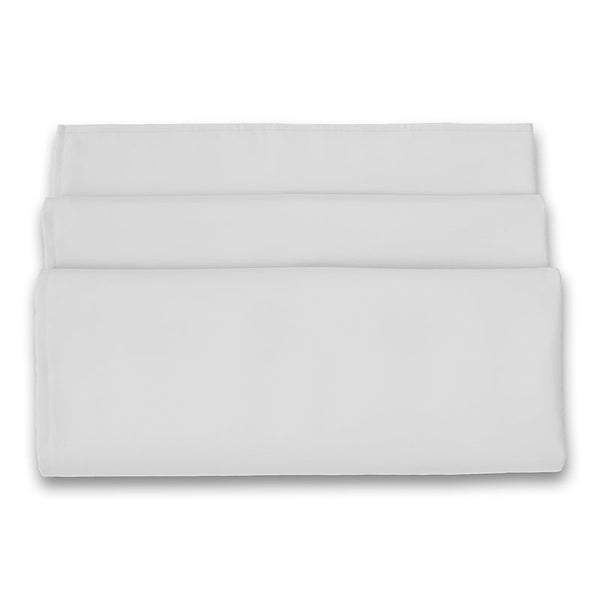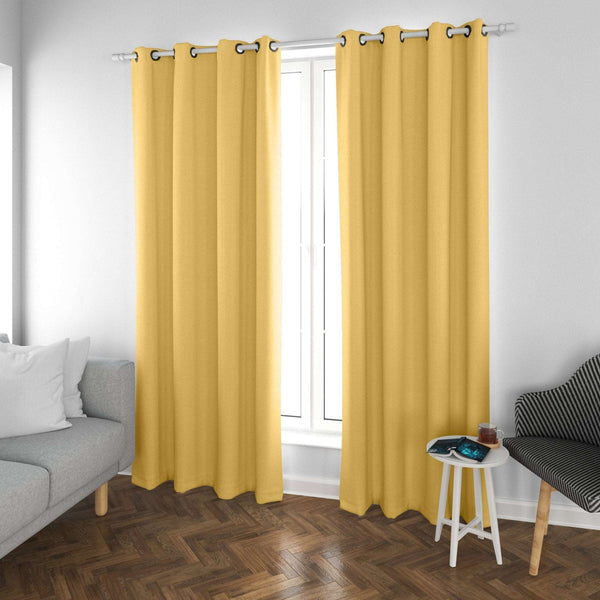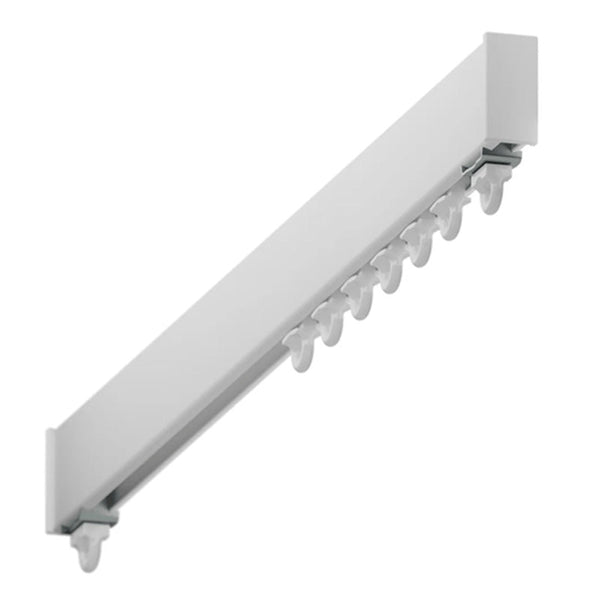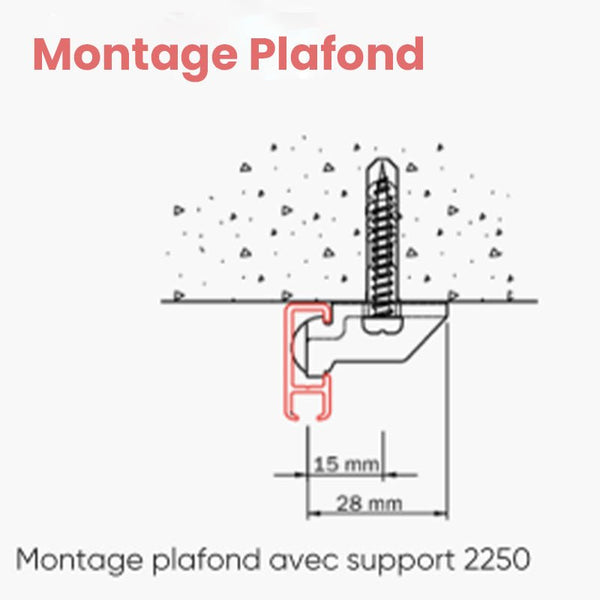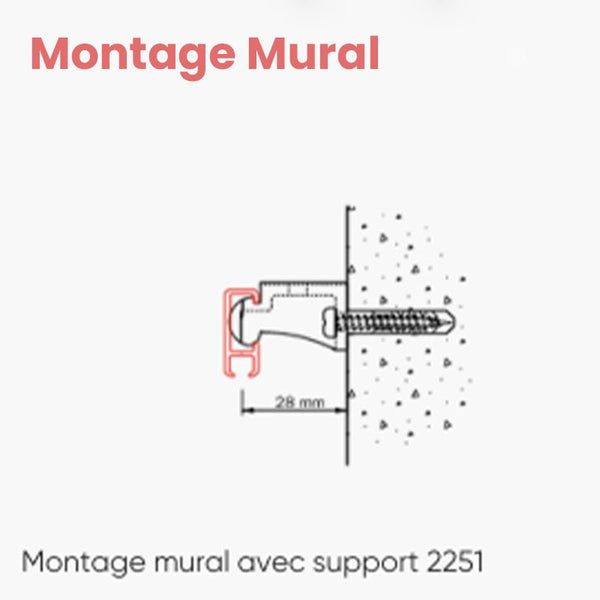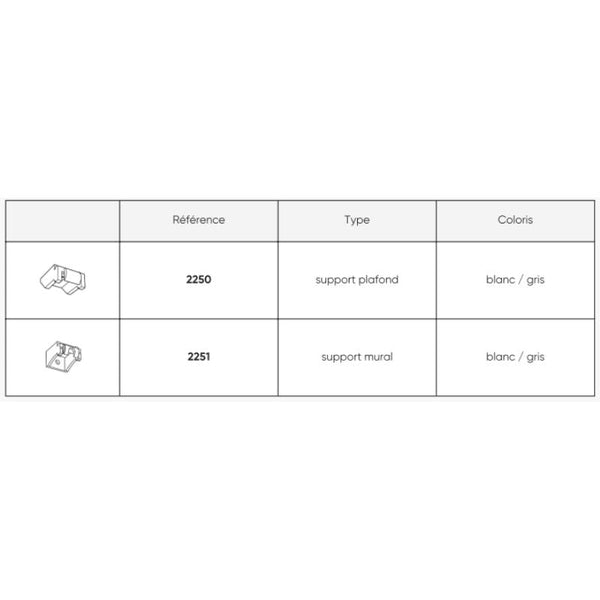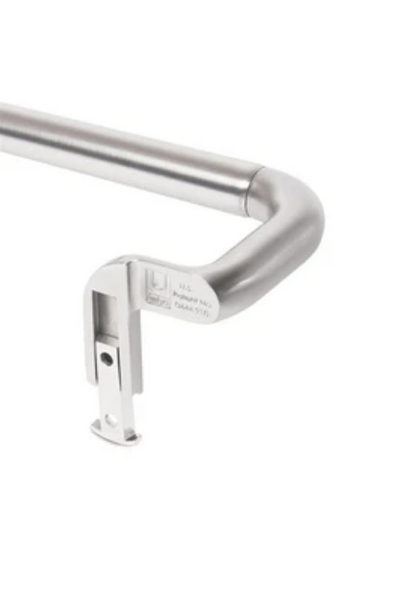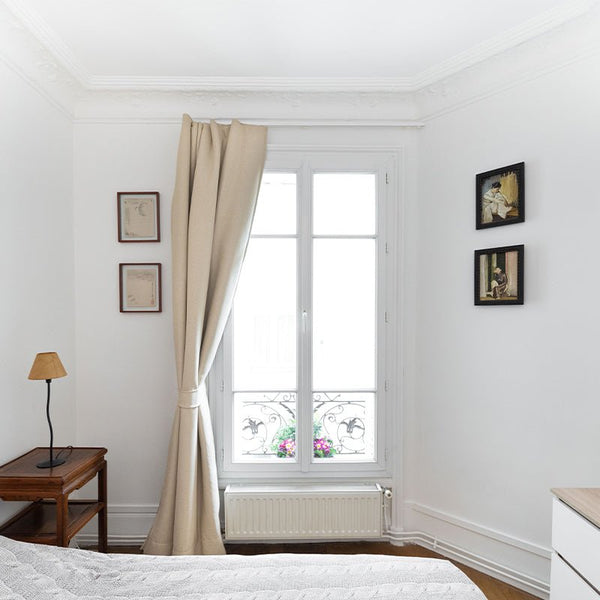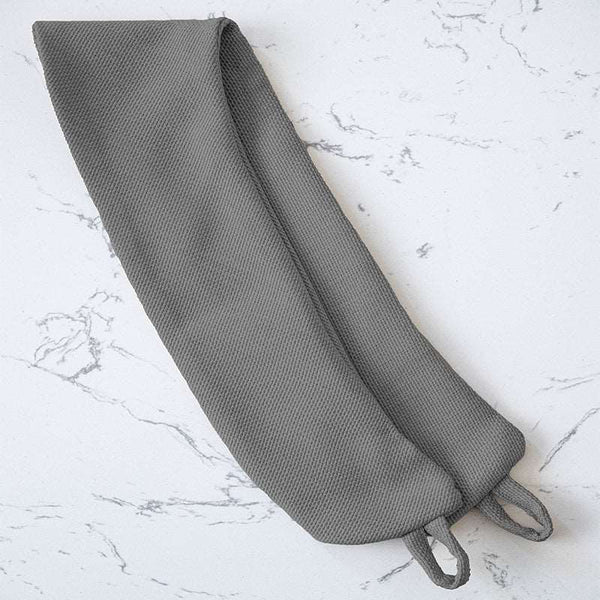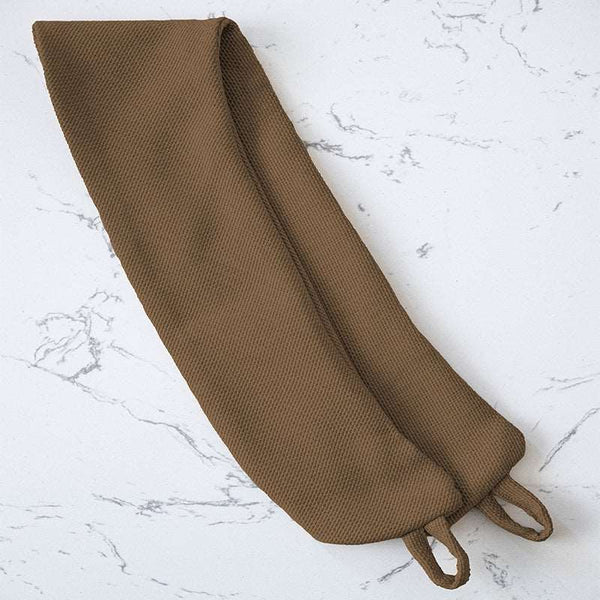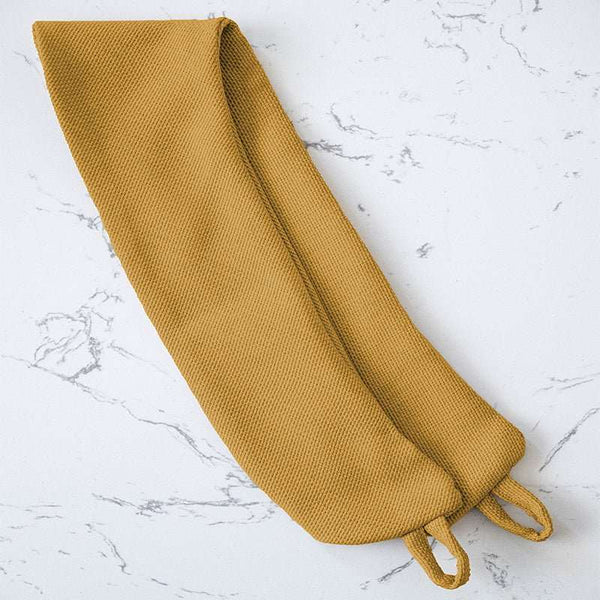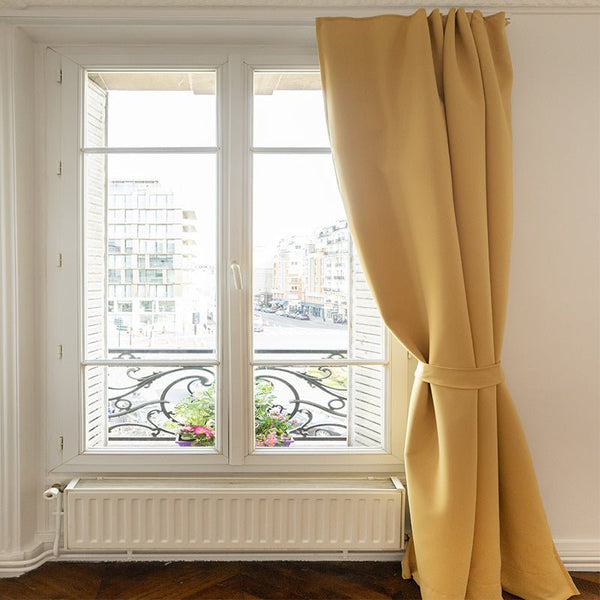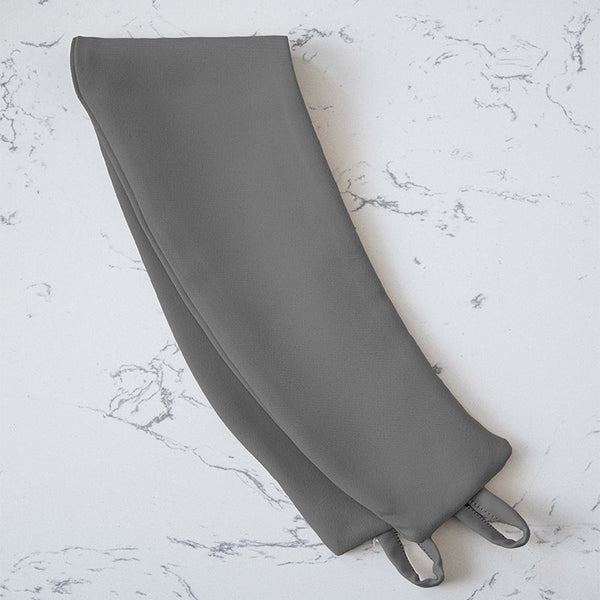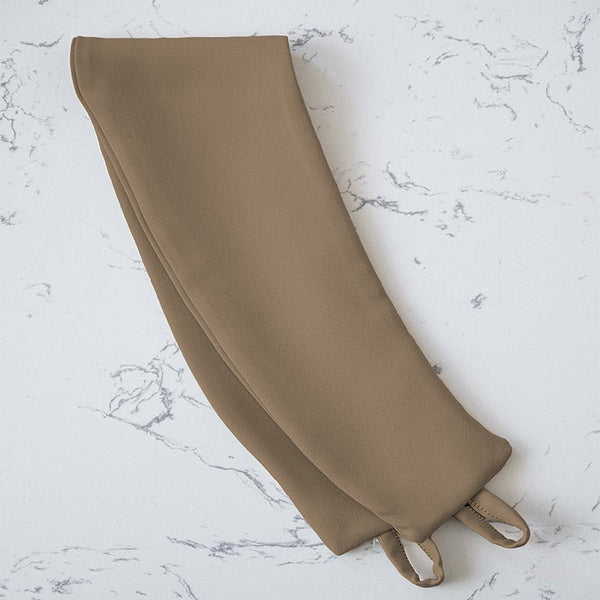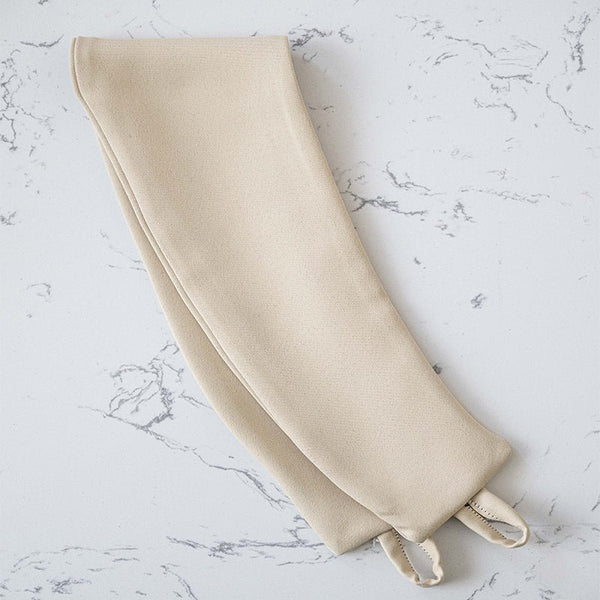A peaceful interior is essential for well-being. External noise can quickly turn a sanctuary into an unpleasant place. Fortunately, anti-noise curtains exist to save the day. Whether you live in the city or the country, acoustic curtains can dramatically improve your room's interior acoustics. Choosing the right fabric for your soundproof curtains can seem a daunting task. By choosing topurchase a high-quality soundproof curtain, you not only optimize the sound insulation of your interior, but also benefit from greater thermal comfort. This guide will help you make the right choice.
Key features of noise-reducing fabrics
Fabric density and thickness for sound insulation
The first thing to consider when selecting a noise-absorbing curtain fabric is its density and thickness. The thicker the fabric, the better the sound insulation. It must be able toabsorb sound waves and prevent them from penetrating inside. Heavy, dense fabrics are often the most effective.
Importance of material weight and texture
The weight of the fabric also plays a crucial role. Heavy fabrics like velvet and suede have better sound absorption properties. Texture can also affect efficiency. Fabrics with a rougher texture can sometimes trap sound, improving sound insulation.
Examples of technical features to look for
Remember to check technical characteristics such as sound absorption capacity (measured in NRC - Noise Reduction Coefficient) or fabric density (measured in g/m²). These measurements can give you a precise idea of the fabric's effectiveness against noise.
Effective fabric types for noise-reducing curtains
Velvet: properties and benefits for soundproofing
Velvet is often recommended for its excellent soundproofing properties. This dense, thick fabric is capable of absorbing a great deal of noise, making it ideal for noise-absorbing curtains. What's more, velvet adds a touch of elegance to your interior.
Suedecloth: why this material is effective against noise
Suede is another excellent option for acoustic curtains. This fabric, often more affordable than velvet, also offers good sound insulation. Its soft, thick texture effectively reduces outside noise.
Polyester with soundproofing lining: efficiency and applications
Polyester lined with soundproofing material can be a particularly effective solution. Although polyester alone does not perform well in terms of sound insulation, a suitable lining can greatly enhance its capabilities. This type of fabric is often used in environments where maximum sound insulation is required.
Comparison of different fabrics
Comparative analysis of the acoustic performance of each type of fabric
Let's compare the different fabrics. Velvet, thanks to its density, probably offers the best acoustic insulation. Suedette is a close second, thanks to its thick texture. Polyester with a sound-absorbing lining can rival the previous two, but it all depends on the quality of the lining used.
Advantages and disadvantages of each material
- velvet : excellent for sound absorption, but can be expensive and more difficult to maintain;
- suede : good value for money and good soundproofing, but less luxurious than velvet ;
- polyester with lining : can be very effective, but highly dependent on the quality of the lining. Often more affordable and easier to maintain.
Installation and effectiveness of noise curtains
How to install curtains correctly to maximize their effectiveness?
Installation plays a major role in the effectiveness of soundproof curtains. Make sure the curtains cover your windows completely, from top to bottom. Use a sturdy rod to support the weight of heavy fabrics.
Use of liners and accessories to improve sound insulation
Adding sound-absorbing linings can greatly improve the effectiveness of sound curtains. These liners add an extra layer of sound absorption. Accessories such as quality hooks and rings can also help ensure that curtains fall neatly.
The importance of curtain size and placement
The size of the curtains is crucial. They should be wider than your windows to cover all angles. Placed from floor to ceiling, they increase sound absorption by preventing noise from passing through the sides.
Maintenance and durability of noise barriers
Curtain care tips according to fabric type
Care varies according to the fabric. Velvet may require professional cleaning to avoid damaging the fibers. Suede and polyester are often easier to care for and can sometimes be washed at home, according to the manufacturer's instructions.
Durability of different materials and their resistance to ageing
Durability depends on the fabric. Velvet, properly cared for, can last for years. Suedette is also durable and resists aging well. Polyester, with a good lining, can last a long time and withstand frequent washing.
Recommendations for extending the service life of noise curtains
To prolong the life of your soundproof curtains, follow these simple tips: clean regularly according to the manufacturer's recommendations, avoid direct and prolonged exposure to sunlight to prevent fading, and handle them with care to avoid pulling on the seams.
For high-performance soundproofing curtains, call on Nokomis
Choosing the right fabric for your soundproof curtains is essential for improving the soundproofing of your room. For high-quality soundproof curtains, call on Nokomis. Experts in acoustics, they can advise you and offer you solutions adapted to your needs. With Nokomis, discover soundproof curtains that are both aesthetically pleasing and effective, tailor-made for your interior. Take action and treat yourself to unparalleled sound tranquility with Nokomis.
